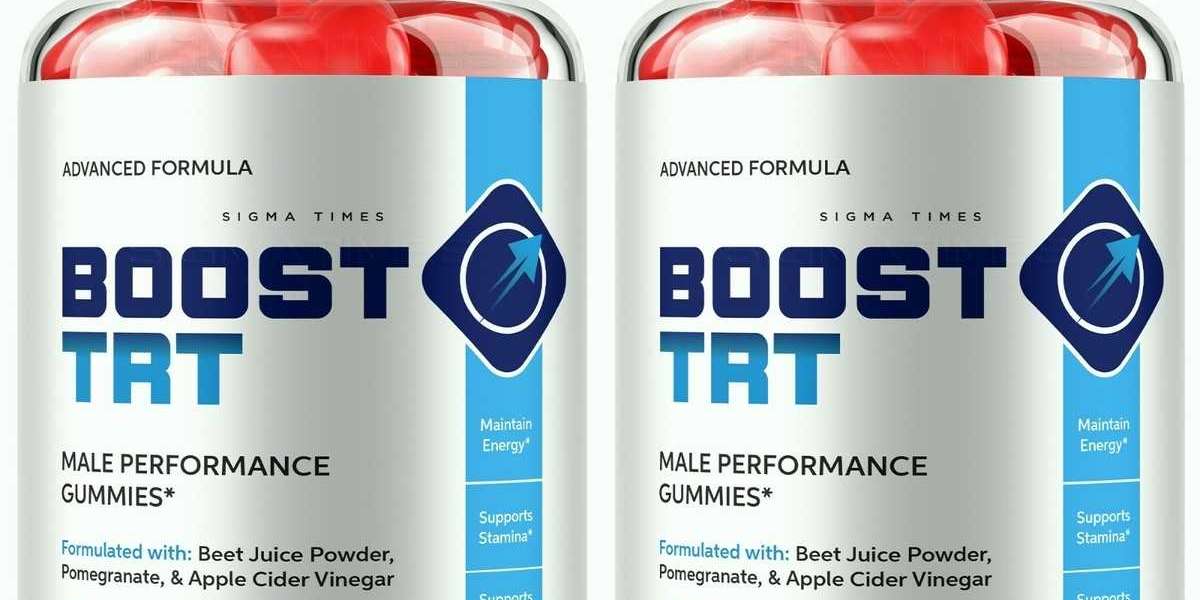Environmental standards for modern desk
The environmental standards for modern desk mainly involve harmful substance limits, testing methods, and certification systems. The following are the core points:
1、 Limit standards for harmful substances
Formaldehyde release amount
The new national standard (GB18584-2024) adopts the climate chamber method, and the limit value has been significantly tightened from the old standard of 1.5mg/L (dryer method) to 0.08mg/m ³, reducing the safety threshold by 94%.
In the environmental protection level of sheet metal, E0 level (≤ 0.5mg/L) is the international best standard, and E1 level (≤ 1.5mg/L) is a mandatory compliance level.
Add controlled substances
For the first time, benzene derivatives (benzene ≤ 0.06mg/m ³, toluene ≤ 0.15mg/m ³, xylene ≤ 0.20mg/m ³) and TVOC (≤ 0.50mg/m ³) have been included in mandatory limits.
Children's furniture needs to be tested for eight major transferable elements such as lead and chromium.
2、 Testing methods and technological upgrades
Climate chamber method: replaces traditional dryer method, simulates actual usage environment, provides more scientific data and does not damage samples.
Formaldehyde free addition technology: By 2025, MDI glue (formaldehyde free glue) will be popularized, and the formaldehyde emission can be controlled within 0.01mg/m ³.
Photocatalytic materials, such as titanium dioxide coatings, can decompose harmful substances such as formaldehyde.
3、 Environmental certification and purchasing suggestions
Certification system
Green building materials are divided into three-star (highest grade), two star, and one star levels, and three-star flooring requires a formaldehyde emission of ≤ 0.005mg/m ³.
You can check the level through the "China Green Building Materials Product Certification Platform".
Purchasing principles
Check the test report: CMA certification report is required, with a focus on formaldehyde, benzene derivatives, and TVOC data.
Check enterprise qualifications: prioritize selecting reputable brands to ensure compliance with the new national standards.
Smell: Avoid choosing products with pungent odors.
4、 Industry Trends and Health Risks
Trend: By 2025, over 70% of consumers will prioritize environmental protection, driving companies to shift from "cost competition" to "technology competition".
Risk: Long term exposure to harmful environments such as formaldehyde may cause respiratory diseases or cancer, with a release cycle of up to 3-15 years.
It is recommended to prioritize solid wood furniture or products using formaldehyde free additive boards, and pay attention to the manufacturer's after-sales service policy.



